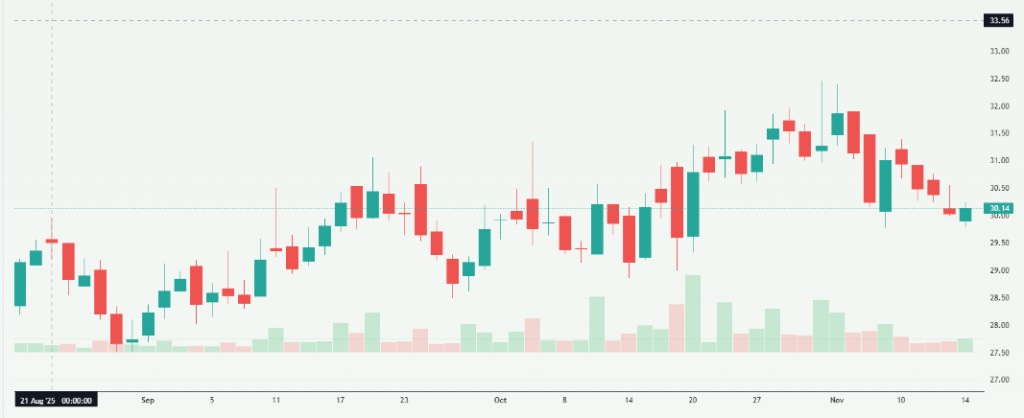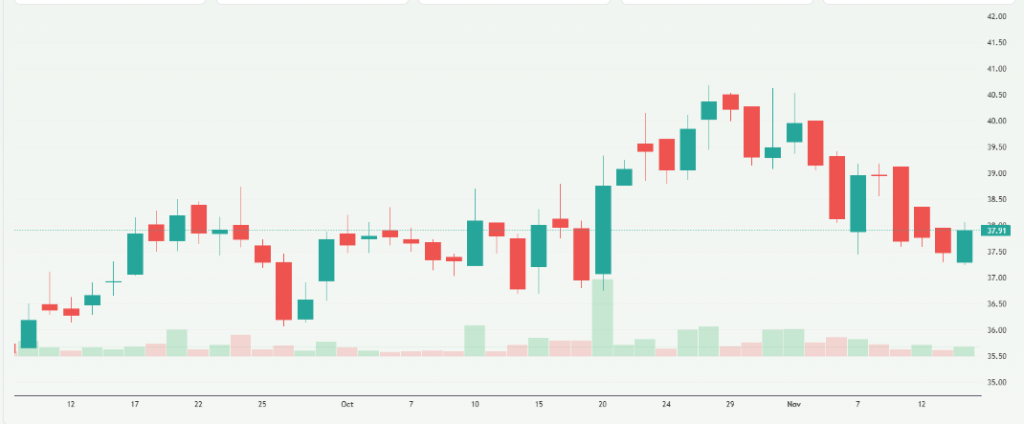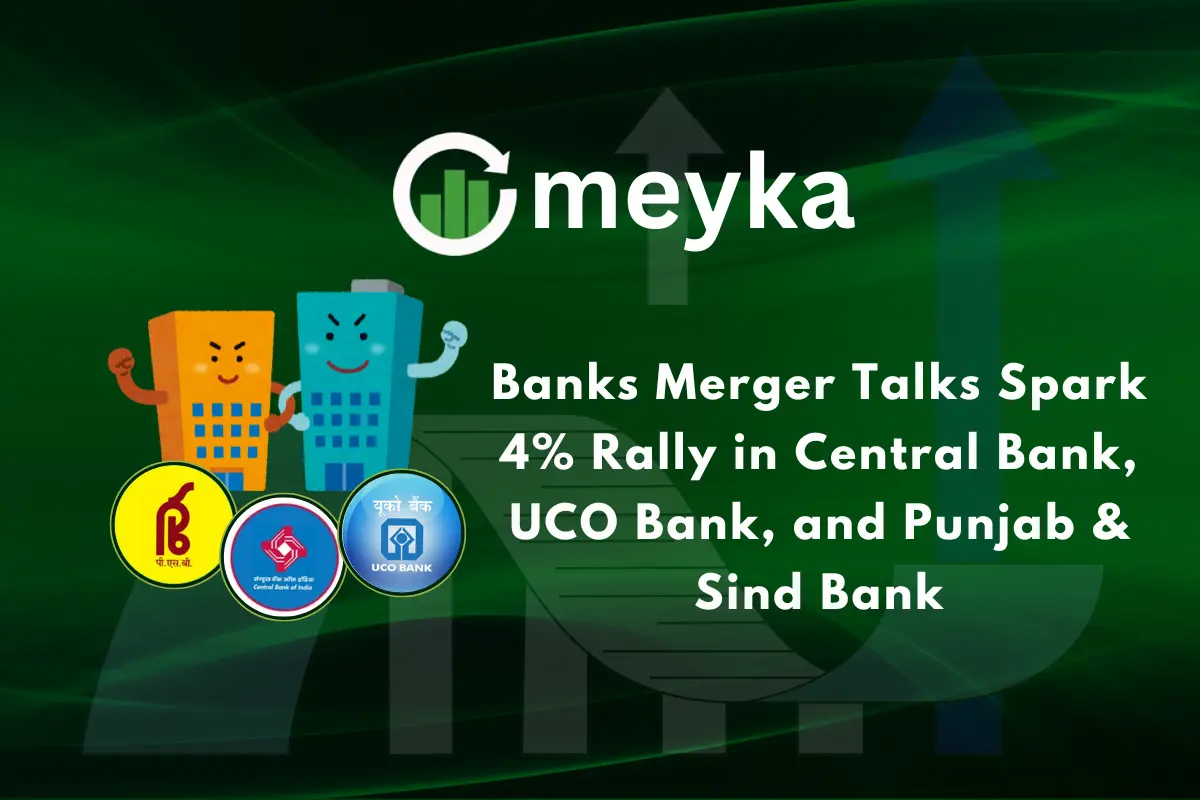Banks Merger Talks Spark 4% Rally in Central Bank, UCO Bank, and Punjab & Sind Bank
On 6 November 2025, news broke that India’s government is again exploring a major bank consolidation. Talks of merging the Central Bank of India, UCO Bank, and Punjab & Sind Bank have sent their shares soaring by nearly 4%. This jump reflects strong investor hope that bigger, more efficient banks could emerge.
In recent years, the government has pushed hard for bank mergers. The idea now is to create fewer but stronger public sector banks. Officials believe consolidation will help cut costs, boost lending, and improve risk management. At the same time, some worry about the challenges, like combining different systems and cultures.
Still, the market’s upbeat reaction shows one thing: investors see real value if these talks lead to a successful merger. The coming weeks could define the future of these banks.
Background on the Banks Involved
Central Bank of India, UCO Bank, and Punjab & Sind Bank are all public sector lenders with deep roots in India’s banking network. The Central Bank of India has a large branch network and serves many rural and semi‑urban customers. UCO Bank is known for its strong presence in East India, and as of March 2025, the government still holds a very high stake in it. Punjab & Sind Bank is smaller but regionally important and has historically played a niche role in serving certain communities.
These banks have faced challenges in recent years. Their stock prices have lagged behind private sector peers, and they have struggled with profitability and scale. Still, they remain critical to India’s public banking landscape, especially in less served regions.
The Banks Merger Talks: What We Know?
According to recent media reports on 17 November 2025, stocks of Central Bank, UCO Bank, and Punjab & Sind Bank jumped as much as 4%. The spike came after reports suggested the Finance Ministry is drafting a fresh plan to merge several state-run banks. The proposed strategy could unfold in 2-3 phases, not all at once.
Under the plan, the number of public sector banks (PSBs) may be reduced from the current twelve down to around 6-7 nationalized entities. In one scenario, smaller banks like Central Bank, UCO Bank, and Punjab & Sind Bank could either merge among themselves or eventually combine with larger lenders such as SBI or Punjab National Bank.
Sources also say this consolidation may be revived by the end of the current financial year, meaning the process could start soon.
Major Banks Merger: Market Reaction

Investors greeted the news with enthusiasm. Shares of the three banks surged 3-4% in one trading session. The rally came on the back of speculation, not confirmed official announcements, showing how powerful merger expectations can be for markets.

Institutional investors have also shown growing interest. According to recent research from Equitymaster, domestic and foreign funds have increased their stake in UCO Bank, Central Bank, and Punjab & Sind Bank. They appear to be betting that a successful consolidation could boost long-term value.

Reasons Behind Positive Sentiment
There are several reasons why investors are positive about a possible merger:
- Efficiency Gains: Combining operations could reduce costs. Many of these banks have overlapping branches and back‑office functions. A merger could streamline work and cut duplication.
- Stronger Lending Power: A consolidated bank would have greater capacity to lend. This can help boost economic growth and make the merged entity more competitive.
- Improved Financial Health: Consolidation might strengthen balance sheets. Merged banks could share capital, absorb losses, and manage risk more effectively.
- Long-Term Growth Potential: With increased scale, the combined banks may have more resources to invest in technology, digital banking, and new products. This could drive future profits.
Risks and Challenges
But merger plans are not risk-free. Integration is always hard. Merging the systems’ core banking, IT, and human resources will take time. Different bank cultures and management styles may clash. There could be service disruption, at least in the short term.
Regulatory approval is another hurdle. The government must get all clearances, which may slow things down. Past merger experiences show that cross-bank integration can be messy and costly. Critics also warn that consolidation may lead to branch closures or job losses, especially in rural areas.
Expert Opinions and Market Outlook
Analysts are divided. Some believe this wave of consolidation could build “global‑class” state banks. They say a larger combined bank could compete more effectively and lend more aggressively.
On the other hand, banking unions worry about job security and reduced reach. Mergers could hurt financial inclusion if not handled carefully.
From a market perspective, merger news might just be the start. If the government follows through, we could see further consolidation in phases. For now, investors seem willing to bet on a stronger future for these public banks.
Wrap Up
The recent 4% rally in Central Bank, UCO Bank, and Punjab & Sind Bank reflects deep investor optimism. The Banks merger talks have ignited hope that the government will boost efficiency, improve profitability, and strengthen the public banking sector.
But success depends on careful execution. Integration risks, regulatory delays, and social impact could pose serious obstacles. Still, if the consolidation plan runs smoothly, the result may be fewer but more powerful state-owned banks that can drive India’s banking reforms forward.
Frequently Asked Questions (FAQs)
Their shares jumped nearly 4% on 17 November 2025 after reports that the government is planning to merge them.
The government may merge 3-4 smaller public sector banks by the end of the current financial year to form fewer, stronger national banks.
Benefits include lower costs, higher scale, and stronger lending. Risks involve system integration problems, job loss, and possible regulatory delays.
Disclaimer: The content shared by Meyka AI PTY LTD is solely for research and informational purposes. Meyka is not a financial advisory service, and the information provided should not be considered investment or trading advice.






